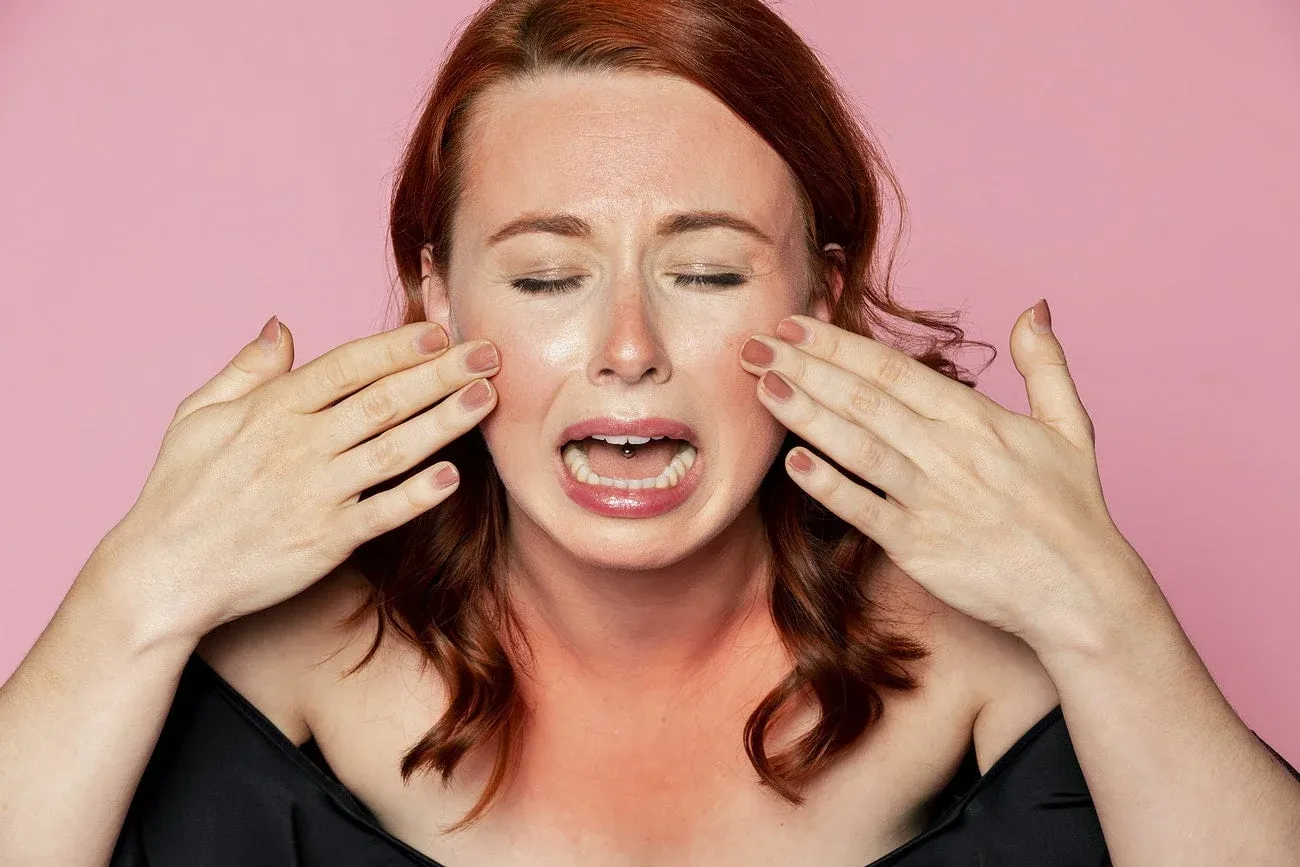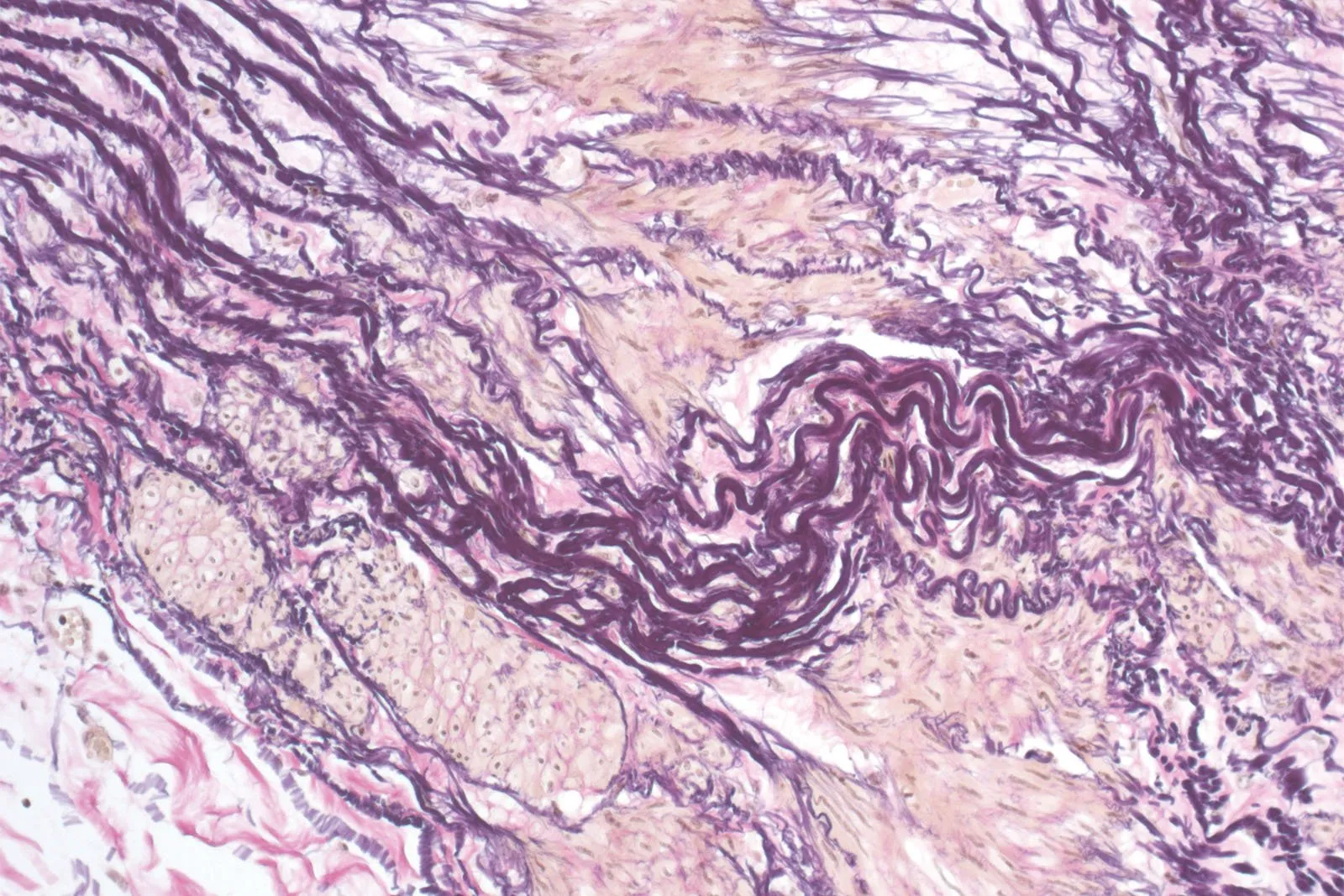What exactly is elastin? The answer is in its name (time to break out that high school etymology). Elastin is a protein that is made naturally in the body that aids in skin’s elasticity and connective tissues. It often works with collagen, another supportive protein, to give skin its texture and shape, but it’s much more flexible than collagen—as much as 1000x more.
Elastin fibers in our body act like rubber bands; they stretch and snap back into place. These fibers enable certain tissues to flex back into shape after they move, which we call skin elasticity. Elastin fibers are similar to small coils or springs that unwind and rewind as we move, stretching and restoring tissues to their original state.
But where are these rubberband-like fibers found? Elastin is naturally produced in the tissues of the body, including:
- Dermis–the middle layer of the skin
- Lungs and blood vessels
- Tendons and ligaments
- Bladder Wall
- Liver
What’s The Difference Between Collagen and Elastin?
Collagen is the more commonly heard of fiber and while both are usually referred to together because they’re both responsible for creating a plump, firm, youthful-looking complexion– they’re actually very different.

Collagen is white in color and helps give the skin it’s structure and shape. It can be found in about 90% of the skin, especially in protective tissue. Collagen gives strength to the skin.
Elastin is yellow in color and keeps the skin flexible and “elastic” like. You can find it in 10% of the skin and connective tissue. Elastin makes the skin more flexible.
Both are proteins that decline in production with age. This is why you see older skin have issues with sagging and slack.
Signs Something Is Wrong With Your Elastin Production
Your body has so many moving parts that it’s not logical to assume they would all be working all the time. Same goes with elastin. How can you tell something is wrong? Here are a few signs that you should look out for:
- Thin skin
- Permanent frown or smile lines
- Wrinkles
- Loose, saggy skin
- Fine lines
Don’t worry. For these issues, there are several treatments you can turn to for help including fillers, chemical peels, hyaluronic acid, and laser treatments. A trained Skincredible clinician will be able to help you pick out the best treatments for your needs and budget.
How To Improve Elastin Production
Your body’s elastin production remains high until you reach puberty (generally between 8 and 9 years old). After puberty, the production drops sharply, fizzling out almost entirely once you reach middle age.

You can do a few things to help maintain your skin’s elasticity, including:
- Eating a healthy diet
- Wearing sunscreen
- Avoid cigarettes and alcohol
- Exercise regularly
- Taking antioxidants
- Use a moisturizer that has Vitamins A, E, and C
- Drink plenty of water
Are You Ready?
Our trained clinicians are available to assist you in achieving your skincare goals and recommend the best products for you!
Contact us today to schedule your consultation and find out if one of our recommended products is right for you!





